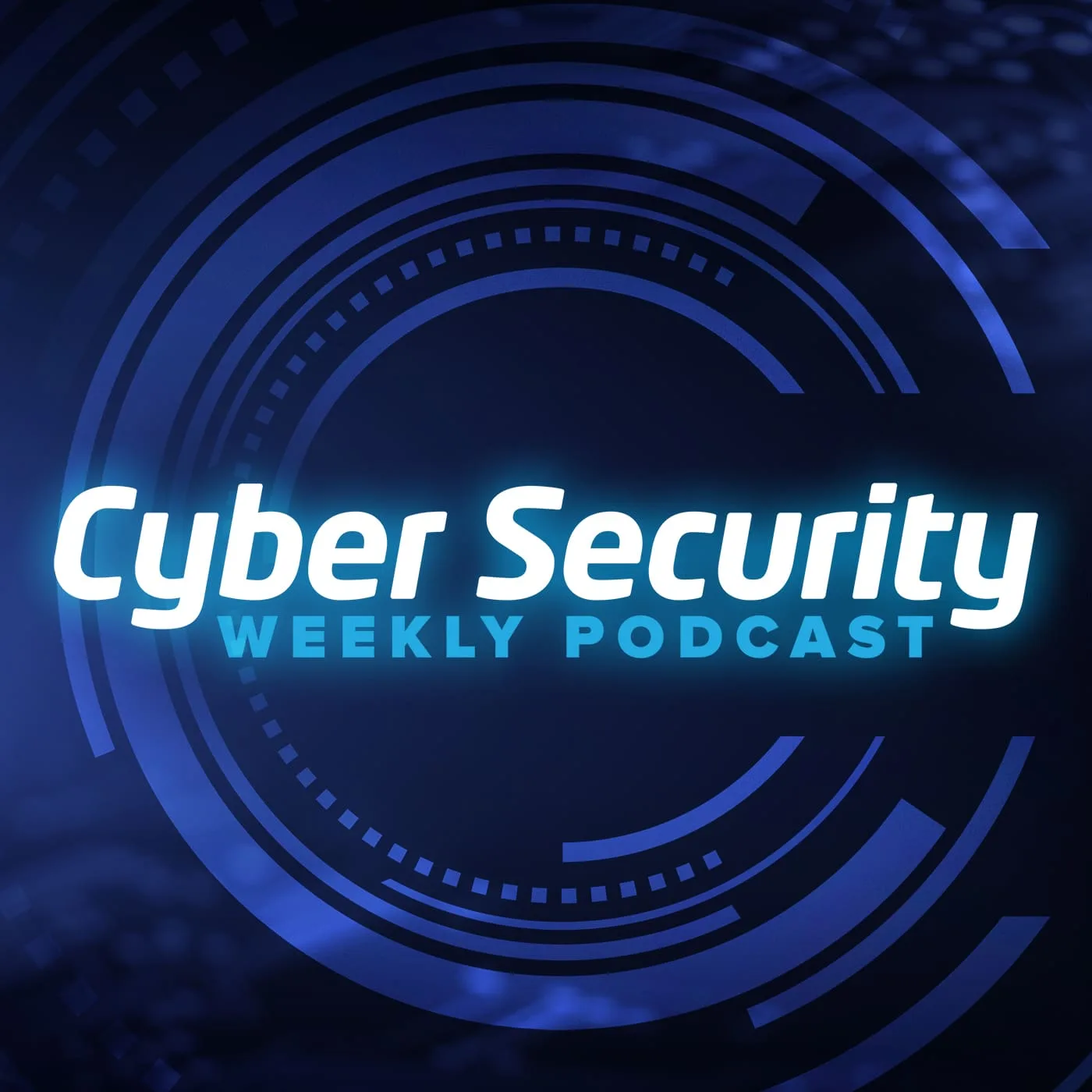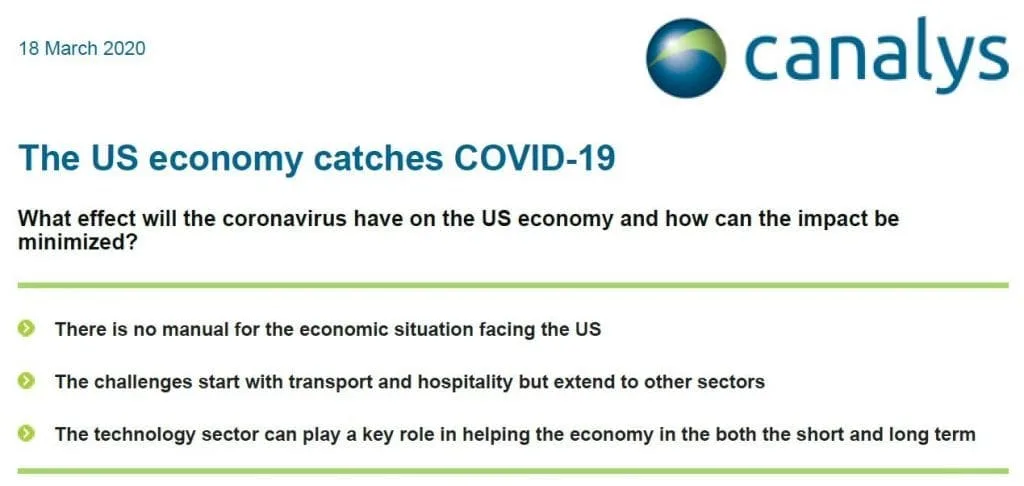What effect will the coronavirus have on the US economy and how can the impact be minimized?
- There is no manual for the economic situation facing the US
- The challenges start with transport and hospitality but extend to other sectors
- The technology sector can play a key role in helping the economy in the both the short and long term
The US could see COVID-19 coming but its true impact is yet to be revealed. As of this report’s publication, the full effects on society are unknown, as are the economic ramifications. Governments, private industry and consumers will all have to work together to mitigate this global crisis and help the economy and society get back on track, but it may be a long road.
The economy needs a rapid kickstart to ensure a brief stall, not a lengthy stop
Before focusing on the potential downsides, there should be comfort in knowing that the economic period leading up to COVID-19 was strong in the US. Furthermore, China and other Asian countries that were affected early on are now showing signs of recovery, though China may face a second round of economic pressures as exports to Western countries stall. Getting the US economy back to a pre-COVID-19 state will require collaboration at all levels.
The government will face tough choices as it explores stimulus packages.
During the 2009 recession, efforts were made to protect the largest financial institutions, including mortgage companies and other industry titans that were deemed “too big to fail”. Certain airlines may fall into that category now. But greater efforts should also be made to protect the lower-income and hourly workers that will feel the biggest brunt of the economic shutdown. The US Treasury Secretary has stated that they are “looking to send checks to Americans immediately.” This is the right sentiment, but the Federal administration may soon discover that it is not equipped to make this happen quickly enough.
Businesses must react both fiscally and socially when considering their role and responsibilities.
In an interconnected economy, all businesses suffer when a global crisis hits. Leaders need to focus on those stakeholders beyond investors, primarily employees, partners and customers. Companies with cash reserves should be injecting capital to keep staff employed where possible. Temporary payroll cuts should begin at senior-level positions (note, the CEOs of Delta and United are forgoing salaries). Larger companies should continue to commit to smaller suppliers, signing contracts and purchase orders where possible to ensure the effects in their own sectors are minimized. Financially stable companies should extend payment terms to both customers and partners (note, Apple is allowing Apple Card customers to skip their March payments without incurring interest).
Aside from healthcare, the US needs to lean on its technology, communications and financial sectors.
Financial institutions (and cash-rich technology companies) should provide the necessary liquidity to keep parts of the economy moving. Furthermore, no crisis has highlighted the need for a robust digital infrastructure to the same degree as COVID-19. Notebooks, VPNs, video conferencing, chat applications, cloud-based applications, rigid cybersecurity and, above all, a robust online infrastructure are all vital components to enable remote working and the provision of digital services, entertainment and connectivity. These will be staples in the post-COVID-19 world and show plenty of long-term opportunities for tech spending.
Consumers (with the means to do so) need to support their local businesses.
Social distancing must be matched with social support, as this is the best way to ensure local communities stay strong. The businesses and people that will be most affected are likely around the corner, not in countries far away. Restaurants that have been forced to close may still be offering pick-up, drive-through and delivery services. These establishments may also sell gift cards, a small way to help ensure they can still collect cash in the short term.


